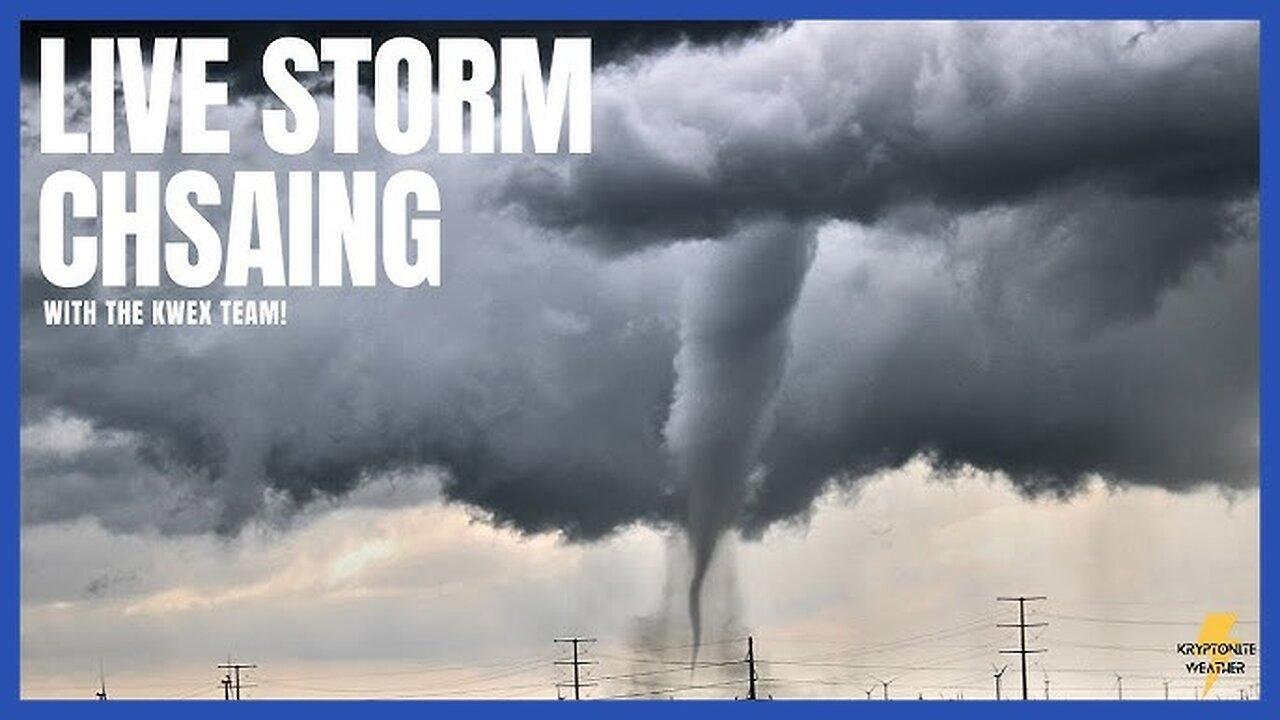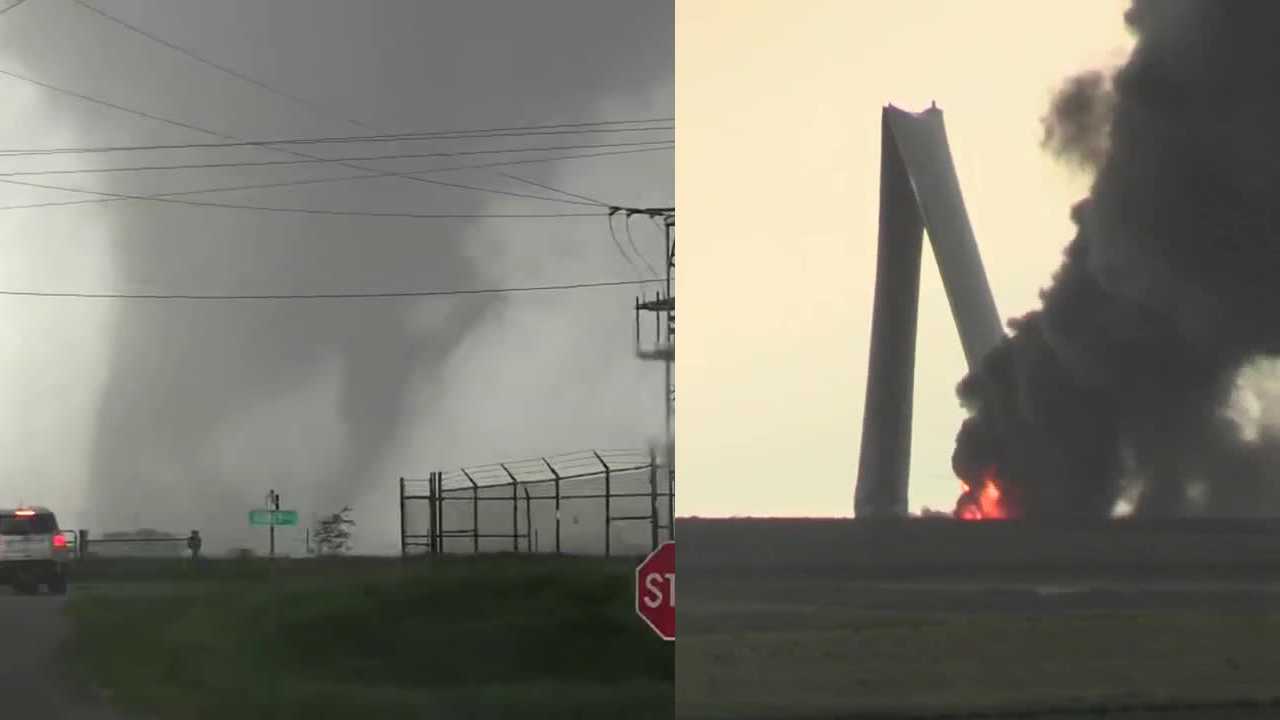Tornado History in Iowa: Tornado In Iowa

Tornado in iowa – Iowa has a long and destructive history with tornadoes, being located in the heart of Tornado Alley. These powerful storms have left a lasting impact on the state, causing widespread damage and loss of life.
The earliest recorded tornado in Iowa occurred in 1844, and since then, the state has experienced numerous significant tornado events. Some of the most notable tornadoes include:
Frequency and Severity of Tornadoes in Iowa
Iowa is one of the most tornado-prone states in the United States. On average, the state experiences around 50 tornadoes per year, with some years seeing as many as 100. The majority of these tornadoes occur during the spring and summer months, with May and June being the peak months for tornado activity.
Tornadoes in Iowa can vary greatly in intensity, but the state has experienced several powerful and destructive tornadoes over the years. The most intense tornado on record in Iowa was the Parkersburg tornado of 2008, which was an EF5 tornado with winds exceeding 200 mph. This tornado caused widespread damage and killed six people.
Table of Significant Tornado Events in Iowa
The following table summarizes some of the most significant tornado events in Iowa’s history:
| Date | Location | Damage |
|---|---|---|
| 1844 | Linn County | 10 killed, 50 injured |
| 1968 | Carroll | 5 killed, 50 injured |
| 2008 | Parkersburg | 6 killed, 100 injured |
| 2011 | Parkersburg | 1 killed, 10 injured |
| 2013 | Moore | 1 killed, 10 injured |
Tornado Climatology and Meteorology

Iowa’s location in the central United States places it within the “Tornado Alley” region, known for its frequent and severe tornado activity. The state experiences an average of 55 tornadoes annually, making it one of the most tornado-prone states in the nation.
Meteorological Conditions, Tornado in iowa
Tornado formation in Iowa is influenced by several key meteorological factors:
- Strong updrafts: Warm, moist air rising rapidly from the ground creates updrafts that can form rotating columns of air.
- Wind shear: Changes in wind speed and direction with height can cause the rotating updraft to tilt horizontally, forming a tornado.
- Instability: The presence of warm, moist air near the ground and cooler, drier air aloft creates instability that supports tornado formation.
Vulnerable Areas
All regions of Iowa are susceptible to tornadoes, but some areas are more vulnerable than others:
- Central and Western Iowa: This region lies within the core of Tornado Alley and experiences the highest frequency and intensity of tornadoes.
- Eastern Iowa: While less prone to tornadoes than central and western Iowa, this region still experiences occasional severe tornado outbreaks.
- Southern Iowa: The southern part of the state is less vulnerable to tornadoes due to its proximity to the Gulf of Mexico, which provides stabilizing moisture.
Tornado Risk Zones
The Iowa Department of Natural Resources has developed a tornado risk map that divides the state into three risk zones:
- High Risk: Central and western Iowa
- Moderate Risk: Eastern Iowa
- Low Risk: Southern Iowa
This map helps residents understand their tornado risk and take appropriate precautions during severe weather events.
Tornado Safety and Preparedness

Tornadoes are a destructive force of nature that can strike with little warning. While it’s impossible to predict exactly when or where a tornado will occur, there are steps you can take to prepare for and respond to these dangerous storms.
By following these safety measures, you can increase your chances of staying safe during a tornado.
Before a Tornado
- Create a tornado safety plan and practice it with your family.
- Identify a sturdy building or underground shelter where you can take cover if a tornado warning is issued.
- Keep a battery-powered weather radio on hand to stay informed about weather conditions.
- Secure loose objects around your home, such as patio furniture and grills.
- Have a first-aid kit and emergency supplies on hand.
During a Tornado
- If you are indoors, go to the lowest level of the building and find a small, interior room, such as a bathroom or closet.
- Get away from windows and doors.
- Lie down flat and cover your head with your hands.
- If you are outdoors, lie down in a ditch or other low-lying area and cover your head with your hands.
After a Tornado
- Check for injuries and seek medical attention if necessary.
- Stay away from damaged areas until they have been inspected by authorities.
- Be aware of downed power lines and other hazards.
- Help your neighbors and community members in need.
Tornado Impacts on Iowa
Tornadoes can have a devastating impact on Iowa, both economically and environmentally. The economic impacts of tornadoes can include damage to property, infrastructure, and agriculture. Tornadoes can also cause loss of life and injuries. The environmental impacts of tornadoes can include damage to forests, wildlife, and water quality.
Recovery Efforts and Rebuilding Processes
Following a major tornado event, recovery efforts begin immediately. These efforts typically involve securing the area, providing food and shelter for survivors, and restoring essential services. The rebuilding process can take months or even years, depending on the severity of the damage.
Case Studies of Successful Rebuilding
There are many examples of communities that have successfully rebuilt after tornadoes. One example is the town of Parkersburg, Iowa, which was hit by a devastating tornado in 2008. The tornado destroyed much of the town, including homes, businesses, and schools. However, the community came together and rebuilt, and Parkersburg is now a thriving town once again.
Tornado Research and Mitigation
Tornado research and mitigation efforts aim to enhance our understanding of these storms, improve forecasting and warning systems, and develop effective strategies to reduce their devastating impacts. Technological advancements and scientific breakthroughs have played a crucial role in these endeavors.
One significant area of research focuses on improving tornado forecasting and warning systems. Doppler radar technology, combined with advanced computer modeling, allows meteorologists to detect and track tornadoes with greater accuracy and provide timely warnings to affected communities.
Technology in Tornado Preparedness and Response
Technology has also transformed tornado preparedness and response. Smartphone apps and social media platforms enable real-time information sharing, providing updates on tornado warnings and allowing individuals to report sightings and damage. Emergency management agencies utilize advanced communication systems to coordinate response efforts and provide support to affected areas.
Mitigation Strategies
Mitigation strategies play a vital role in reducing tornado damage. Building codes that incorporate tornado-resistant construction techniques, such as reinforced foundations and safe rooms, can significantly enhance the resilience of structures.
Storm shelters offer additional protection during tornadoes. Underground shelters, built to withstand high winds and debris, provide a safe haven for individuals and families. Above-ground shelters, designed to be installed in existing homes or businesses, offer an alternative option for protection.